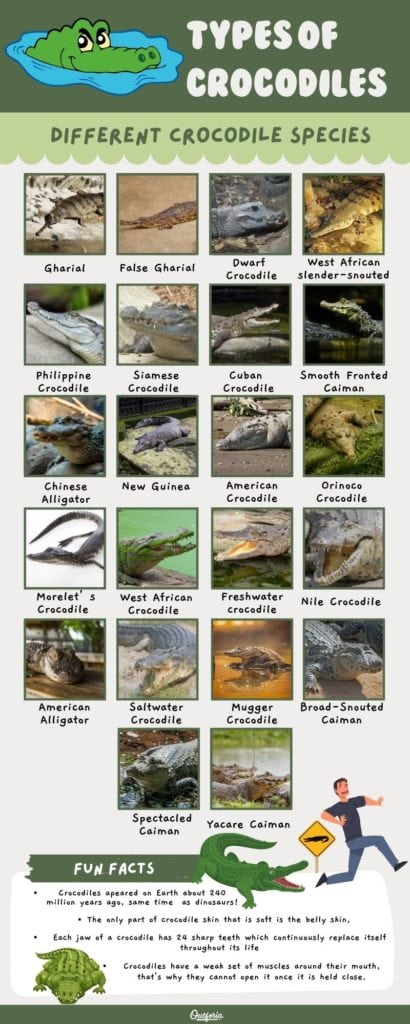NATURE CONSERVATION AND PRESERVATION
Human actions have devastating or irreversible effects on the environment, while Earth’s ecosystems can cope with natural change. In the last 50 years, Earth has lost 60% of all terrestrial wildlife and 90% of big ocean fish. We may be facing a mass extinction event, where more than 75% of species are wiped out. Nature conservation is urgent and vital.
Theodore Roosevelt, a former 20th-century president of the USA, said: “The conservation of natural resources is the fundamental problem. Unless we solve that problem, it will avail us little to solve all others.” His words show that nature conservation has been a long-standing issue and that we need to act now.
Nature conservation
Nature conservation is the care and protection of Earth’s natural resources for current and future generations. This means preserving the diversity and functions of life on Earth, which support human well-being and prosperity.Earth’s natural resources include air, minerals, plants, soil, water, and wildlife. These resources provide essential ecosystem services, such as pollination, water purification, climate regulation, and food production.
Examples of nature conservation include:
- Restoring and maintaining habitats to enhance their resilience and productivity
- Maintaining species diversity and genes to prevent extinction and loss of evolutionary potential
- Maintaining ecosystems to ensure their stability and functioning
- Preventing wasteful use of natural resources to reduce environmental degradation and resource depletion
- Maintaining environment functions to sustain the benefits that nature provides to people
- Preventing deforestation to conserve carbon stocks, biodiversity, and water resources
- Reducing overfishing to protect marine life and livelihoodsThese all contribute to mitigating climate change to various extents. According to the Intergovernmental Panel on Climate Change (IPCC), nature-based solutions can provide up to 37% of the cost-effective mitigation needed by 2030 to limit global warming to 2°C.
Nature conservation can take many forms:
- Gazetted protected areas, such as national parks which cover about 15% of the world’s land area and 7% of its oceans. Communal conservation efforts by indigenous peoples and local communities who manage about a quarter of the global land area and host 80% of its biodiversity.
- Conservation of private lands which can be incentivized by payments for ecosystem services or conservation easements.
Differences between Conservation and Preservation
- The difference between nature conservation and preservation is that conservation seeks a sustainable use of nature by humans, while preservation protects nature from human use. This means that conservation allows for activities like hunting, logging, or mining as long as they do not harm the environment, while preservation prohibits any human interference with nature.
- Conservation and preservation are both processes that protect the environment, but their approaches are somewhat different. The goal of preservation is to protect the environment from the harmful effects of human activity, while the goal of conservation is to protect the environment through the responsible use of natural resources.
- Conservation and preservation can be applied to different types of resources. Conservation focuses on natural resources such as wildlife and habitats, while preservation focuses on cultural and historical resources such as old or unique landscapes.
- Conservation and preservation can be illustrated by how the United States manages its public lands. The goal of National Parks, for instance, is preservation with an emphasis on causing minimal change to the landscape or environment, meanwhile National Forests can be used for cattle grazing, lumber, hunting, and recreation.
Importance of Natural Resources Management
Natural resources management is the management and sustainable consumption of natural resources such as land, plants, animals, water, and soil. Natural resources are essential for human survival and well-being, as they provide food, energy, materials, and ecosystem services.
- One importance of natural resources management is to maintain the stability of the ecosystem. This means ensuring that the natural processes and functions of the environment are not disrupted or degraded by human activities. For example, maintaining forest cover can help regulate climate, water cycle, and biodiversity.
- Another importance of natural resources management is to prevent further damage to the environment. This means avoiding or minimizing the negative impacts of human activities on the environment, such as pollution, deforestation, overexploitation, or habitat loss. For example, preventing soil erosion can help preserve soil fertility and prevent landslides.
- A third importance of natural resources management is to avoid over-consumption of natural resources. This means using natural resources efficiently and sparingly and reducing waste and emissions. For example, applying the 3R’s principle of reduce, reuse, and recycle can help conserve natural resources and reduce environmental footprint.










Please we need your comments.
ReplyDeleteSay something you like about the post